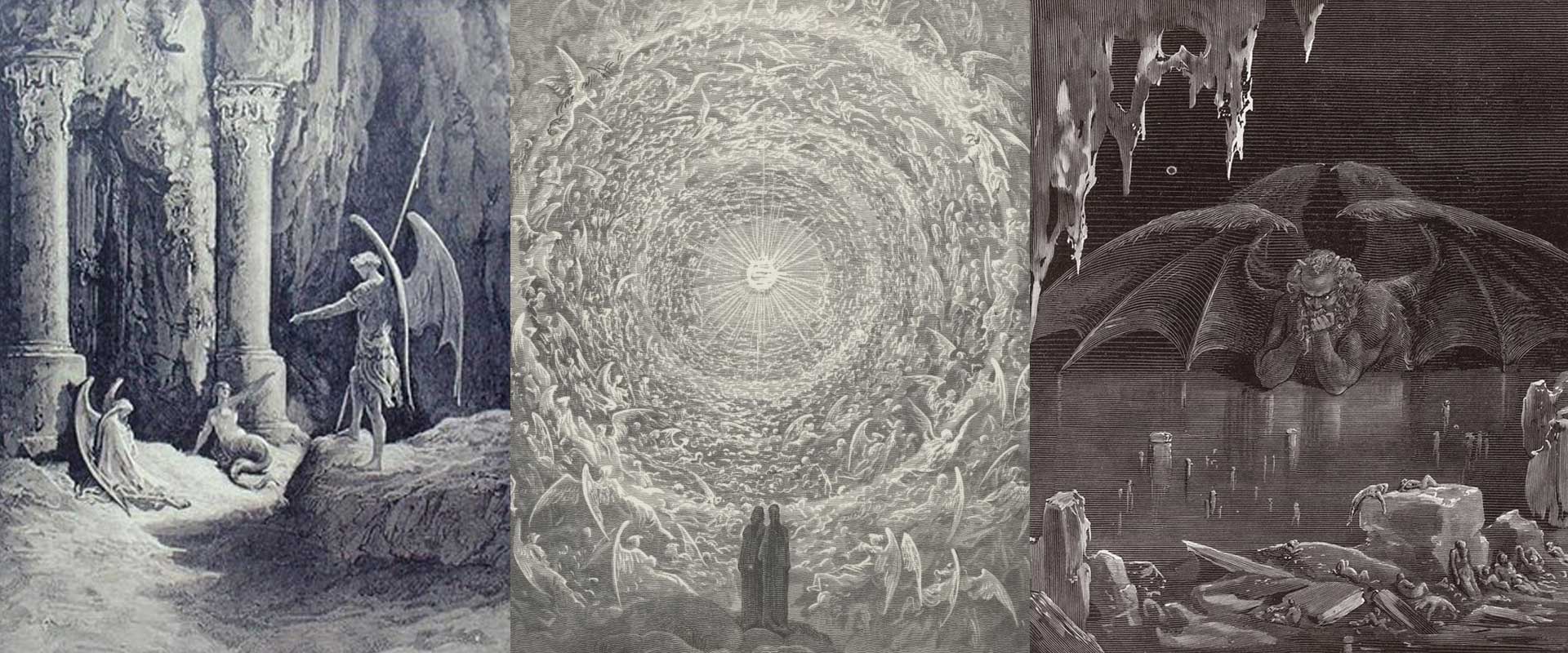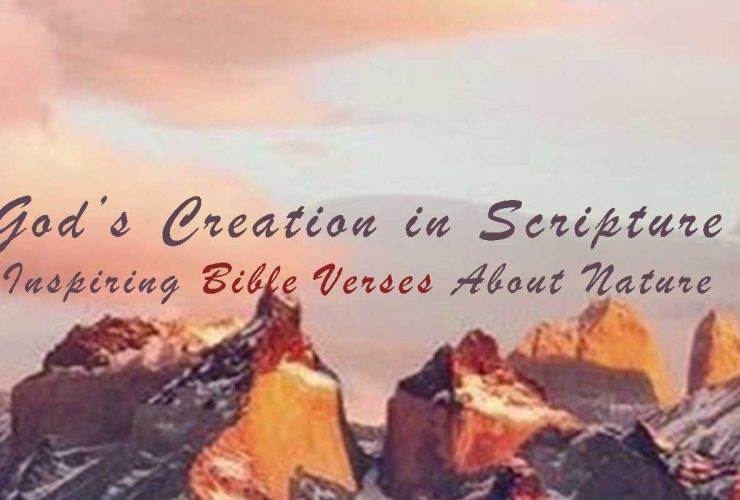When French artist Paul Gustave Doré (1832–1883) illustrated Dante Alighieri’s Divine Comedy in the 1860s, he produced some of the most powerful images in Western art. His engravings gave a visual voice to Dante’s poetic journey through Inferno, Purgatorio, and Paradiso, helping readers across centuries grasp the epic’s spiritual depth. For many, Doré’s engravings became inseparable from Dante’s words, making his work the definitive visual interpretation of the poem.
This article explores Paul Gustave Doré’s engravings of Dante’s Divine Comedy, examining his dramatic style, iconic scenes, and lasting influence on literature and art.
Doré and Dante: An Inspired Collaboration
Although separated by five centuries, Dante’s poetry and Doré’s art are a perfect match. Dante’s Divine Comedy is both visionary and highly descriptive, filled with symbolism, landscapes of the afterlife, and encounters with figures of history and myth. Doré’s flair for the dramatic, his command of shadow and scale, and his ability to convey emotion made him uniquely suited to the task.
- Doré published the Inferno illustrations in 1861.
- He followed with Purgatorio and Paradiso in 1868.
- His engravings quickly became the standard edition worldwide, reproduced in countless translations.
Just as his Bible illustrations captured faith with grandeur, Doré’s Divine Comedy engravings captured the otherworldly sweep of Dante’s vision.
Engraving the Inferno: Shadows of Despair
Doré’s Inferno engravings are perhaps the most famous, filled with towering darkness and terrifying imagery.
Dante and Virgil at the Gates of Hell
One of Doré’s most haunting scenes shows Dante and Virgil dwarfed by colossal gates, with the famous words “Abandon all hope, ye who enter here” etched in stone. Doré’s use of scale emphasizes humanity’s smallness before eternal judgment.
The Tempest of the Lustful
Doré captures the swirling winds that punish the souls of the lustful, with tragic figures like Paolo and Francesca tossed endlessly in a storm of passion. His swirling lines evoke motion and chaos, visually echoing Dante’s verse.
Lucifer Trapped in Ice
At the lowest circle, Doré depicts Lucifer frozen in ice, his massive wings outspread. The engraving blends stillness with terror, representing evil’s final imprisonment.
These images made Dante’s Hell unforgettable, influencing how generations picture damnation.
Purgatorio: The Ascent Toward Hope
Unlike the hopeless despair of Inferno, Doré’s Purgatorio engravings emphasize light breaking through shadows.
The Angel at the Gate of Purgatory
Doré’s radiant angel welcomes souls into the mountain of purification. The play of light suggests divine grace shining through darkness.
The Procession of Souls
Doré illustrates penitents climbing steep paths, burdened yet hopeful. The engravings communicate endurance, humility, and gradual transformation.
Through these images, Doré highlights that Purgatorio is less about punishment and more about renewal.
Paradiso: Visions of Light
Doré faced his greatest challenge in illustrating Paradiso. How does one depict pure joy, divine presence, and eternal light? His answer was to use radiance, upward movement, and angelic forms.
The Celestial Rose
One of Doré’s most breathtaking engravings shows souls arranged in a great rose of light, encircling the presence of God. The engraving radiates harmony and beauty.
Dante’s Vision of God
At the climax, Doré uses blinding light, concentric circles, and ethereal figures to suggest the indescribable vision of the Divine. Unlike his dark Inferno, here he embraced openness and lightness of line.
Doré’s Style in the Divine Comedy
- Scale and Grandeur: Tiny human figures against massive landscapes emphasize the epic’s spiritual stakes.
- Light and Shadow: Darkness dominates Inferno, balanced by dawn in Purgatorio and brilliance in Paradiso.
- Emotion and Humanity: Faces of sorrow, struggle, or joy bring Dante’s symbolic journey into human terms.
- Movement: Swirling lines, upward ascents, and radiant bursts make even static engravings feel alive.
This same dramatic intensity defined Doré’s work in Don Quixote and Paradise Lost, but Divine Comedy remained his most spiritually ambitious project.
Influence of Doré’s Divine Comedy Engravings
- Shaping Imagination: For many readers, Doré’s engravings became the “default” imagery of Dante’s afterlife.
- Impact on Artists: Painters, filmmakers, and even comic artists borrowed from Doré’s compositions.
- Cultural Legacy: From Gustave Doré’s 19th-century editions to today’s reproductions, his engravings continue to guide how we visualize Dante.
Comparison of Doré’s Divine Comedy Illustrations
| Section | Iconic Scene | Theme | Doré’s Focus |
|---|---|---|---|
| Inferno | Gates of Hell | Despair, judgment | Scale, shadow, ominous detail |
| Inferno | Lucifer in Ice | Evil’s defeat | Stillness, frozen terror |
| Purgatorio | Procession of Souls | Endurance, renewal | Struggle upward toward grace |
| Paradiso | Celestial Rose | Eternal harmony | Radiance, light, divine order |
| Paradiso | Dante’s Vision of God | Divine mystery | Circles of light, transcendence |
Conclusion
Paul Gustave Doré’s engravings of Dante’s Divine Comedy remain one of the greatest achievements of 19th-century illustration, capturing in line and shadow what Dante captured in verse: the full human journey from sin and despair to redemption and divine vision. His Inferno scenes still shape our imagery of Hell, his Purgatorio engravings embody patience and renewal, and his Paradiso illustrations shine with transcendent beauty. More than illustrations, these works became companions to the text, guiding readers through Dante’s poetry with unforgettable images. For those seeking to engage with Doré’s genius today, collections such as our Paul Gustave Doré Bible art prints and wider spiritual wall art allow you to experience the same dramatic mastery he brought to Dante’s vision of eternity.
FAQs on Paul Gustave Doré’s Engravings of Dante’s Divine Comedy
Why are Doré’s Divine Comedy engravings so famous?
Because they captured Dante’s epic vision with unmatched drama, becoming the definitive visual interpretation.
How many engravings did Doré make for the Divine Comedy?
He created over 130 engravings covering Inferno, Purgatorio, and Paradiso.
Which section did Doré illustrate most powerfully?
His Inferno engravings are the most iconic, though his Paradiso works showcase remarkable artistic innovation.
How did Doré use light in these engravings?
He used heavy shadows for Hell, dawn for Purgatory, and pure radiance for Heaven, mirroring Dante’s spiritual journey.
Where can I see Doré’s Divine Comedy engravings today?
They are widely published and available as Paul Gustave Doré art prints.





